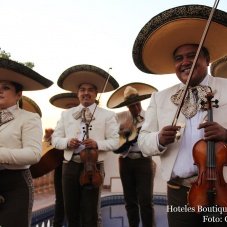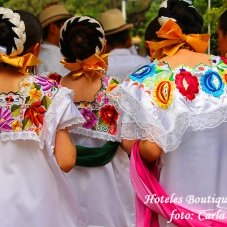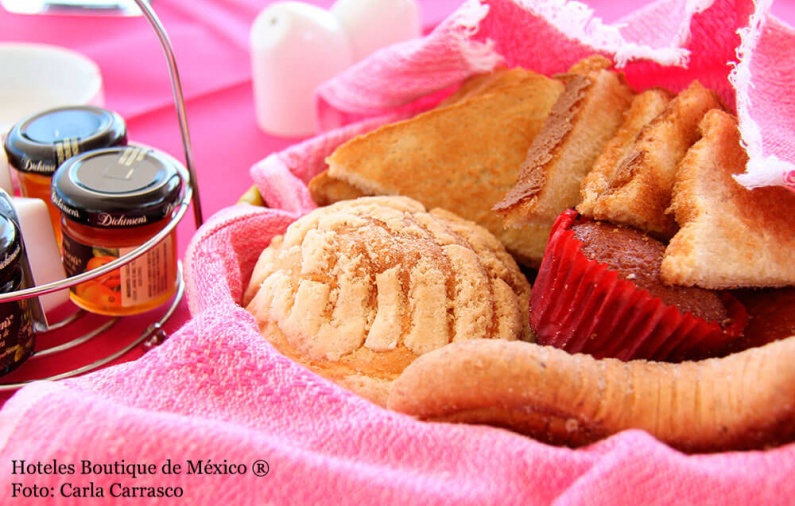
If you know any Mexicans, you have for sure seen us waiting for the newly-baked crispy roll bread known as bolillos, eager to enjoy their special aroma and to find the one with the perfect golden finish?
Undoubtedly, one of the main daily gastronomic pleasures of Mexicans, besides the tortillas, is bread. It was during the Colonial times that wheat bread became of common consumption, as in the Pre-Hispanic years there was a bread version made with corn and/or amaranth used only as an oblation. It was Hernan Cortes who owned the first wheat production facilities and who taught the milling techniques.
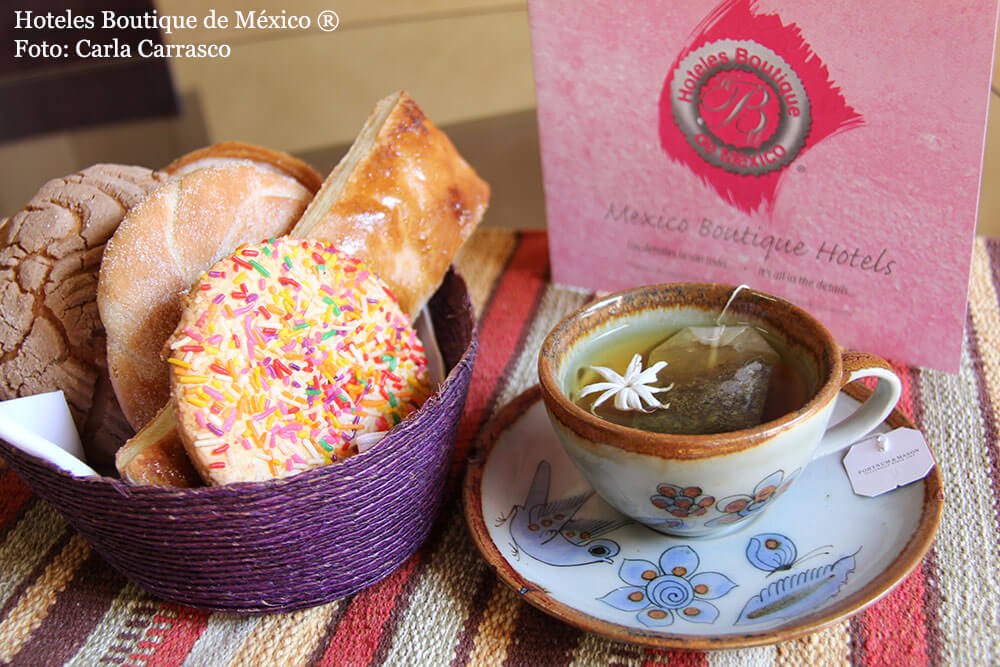
During the colony the bread commerce had a boom, offering the two varieties we know: tasty and sweet bread sold around in baskets the seller would carry on top of their head. It was a heavily-regulated trade both in weight and cost of every piece of bread. Since then exist multiple varieties that can be found in specific regions, such as Acámbaro bread (Michoacán, Guanajuato and Mexico State), the yolk bread (Oaxaca) the birote (Jalisco) or the cemitas (Puebla) among many others.
In the 16th century bakery, as well as the whole Mexican gastronomy, outstood thanks to the contribution, effort and creativity of nuns. Bread was part not only of the feasts but also of the alms given to the needy people.
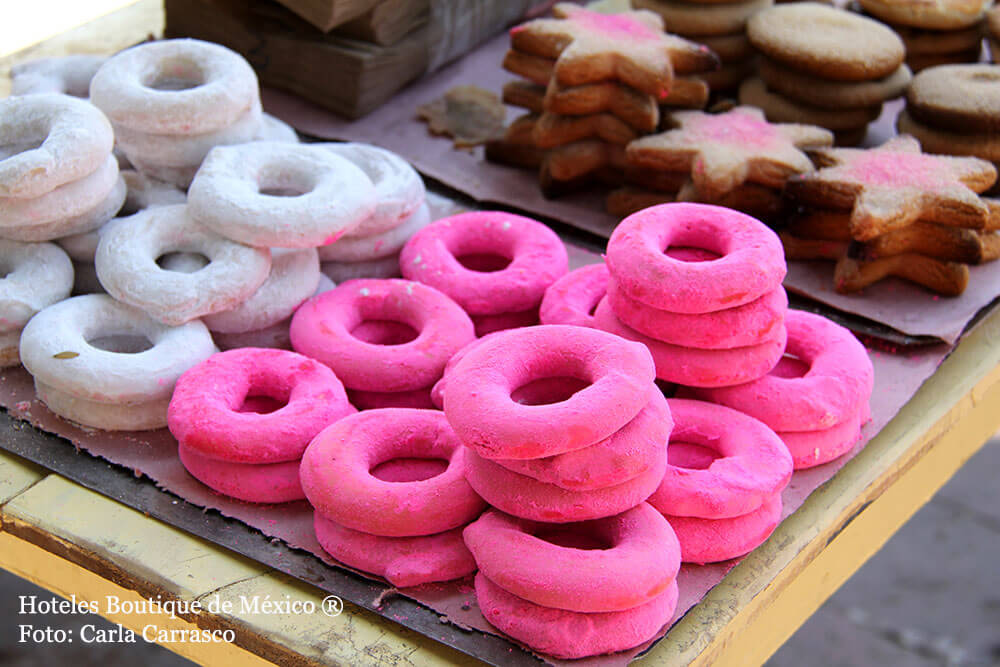
As in every aspect of everyday life, bread also had a very heavy influence by the French during the Porfiriato. The sale of bread in baskets on the head became popular in the provinces of Mexico. It wasn´t until the 19th century that the bread sale shops were established and renown European bakeries established in Mexico. In these shops customers were attended from the counter, where they pointed to the bread they wanted.
Now in the 20th century technological advancements transformed the trade with the use of machinery in different parts of the process. However, there still exist artisan bakeries and despite industrialization a lot of processes are carried out manually by bakers. It was also in these times when customers were allowed to pick their own pieces, leaving to employees only the tasks of packing and collecting.
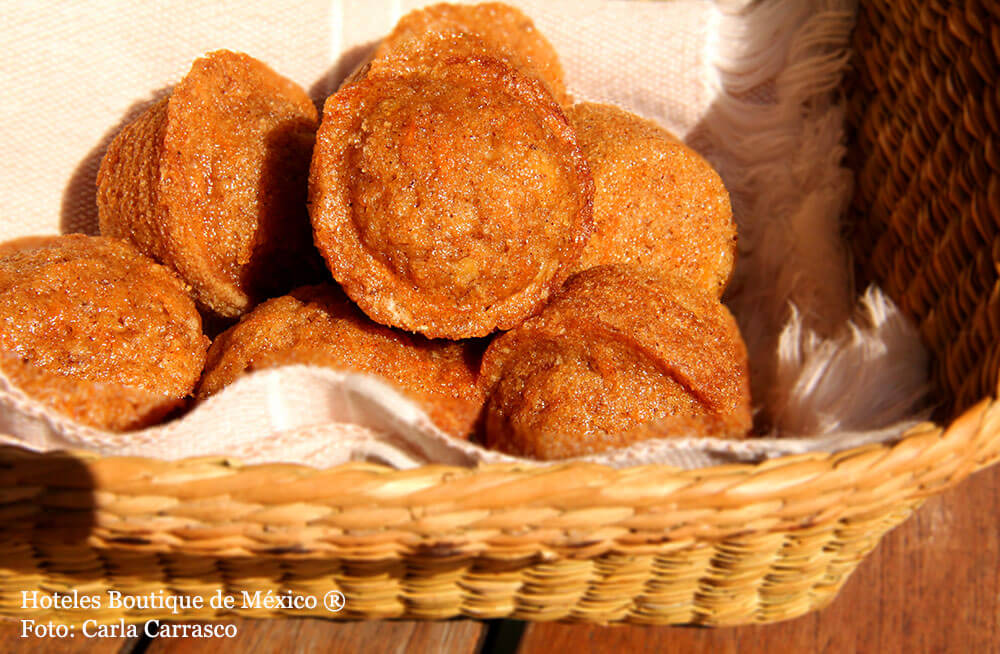
But besides being food part of our daily diet, bread can’t be left out in those important celebrations. But for those fiestas special breads are baked, ones that bedizen the occasion not only with flavor but also with symbolism and tradition. Such is the case of Rosca de Reyes, Pan de Muerto (with different shapes and flavors according to the producing area) and the pulque bread.
Our country is acknowledged by the large variety of flavors, shapes and quality of production. Bolillo, telera, conchas, polvorones, cuernitos, conchas, hojaldras, panqués, tortugas, banderillas, trenzas, puerquitos de piloncillo, cubiletes, pambazos, mantecado, orejas and many more… which one is your favorite?
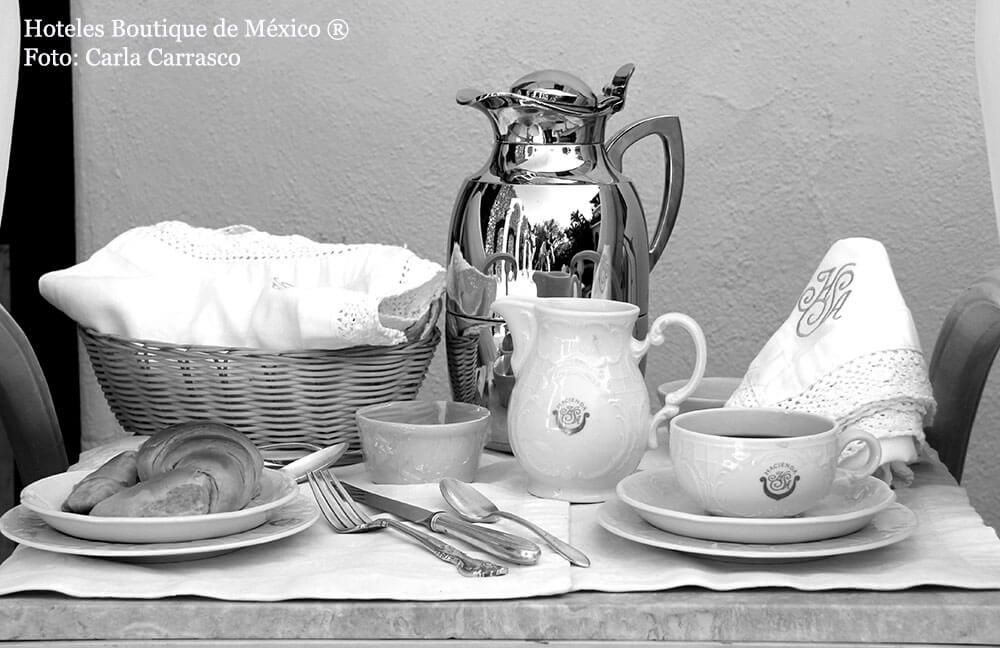
- Tags:
- Gastronomy

With over 10 years of experience in the hospitality industry and a bachelors in Hospitality and Tourism Management specializing in marketing and sales, Mary Carmen has developed her career working at various hotels in Mexico and abroad, focusing in recent years on the boutique hotel industry. Passionate about tourism in Mexico, in every trip she seeks to find the cultural, culinary and historic highlights of each destination.
Leave a Reply
